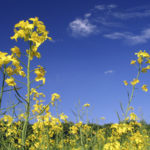As blackleg resurges in Western Canada, canola growers and agronomists have been calling for seed companies to label the blackleg resistance genes on their varieties. Those labels would allow farmers to rotate resistance genes when one resistant variety breaks, the thinking goes. “We’ve been engaged with the industry over the last few years to see […] Read more













